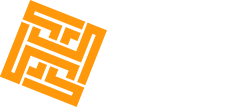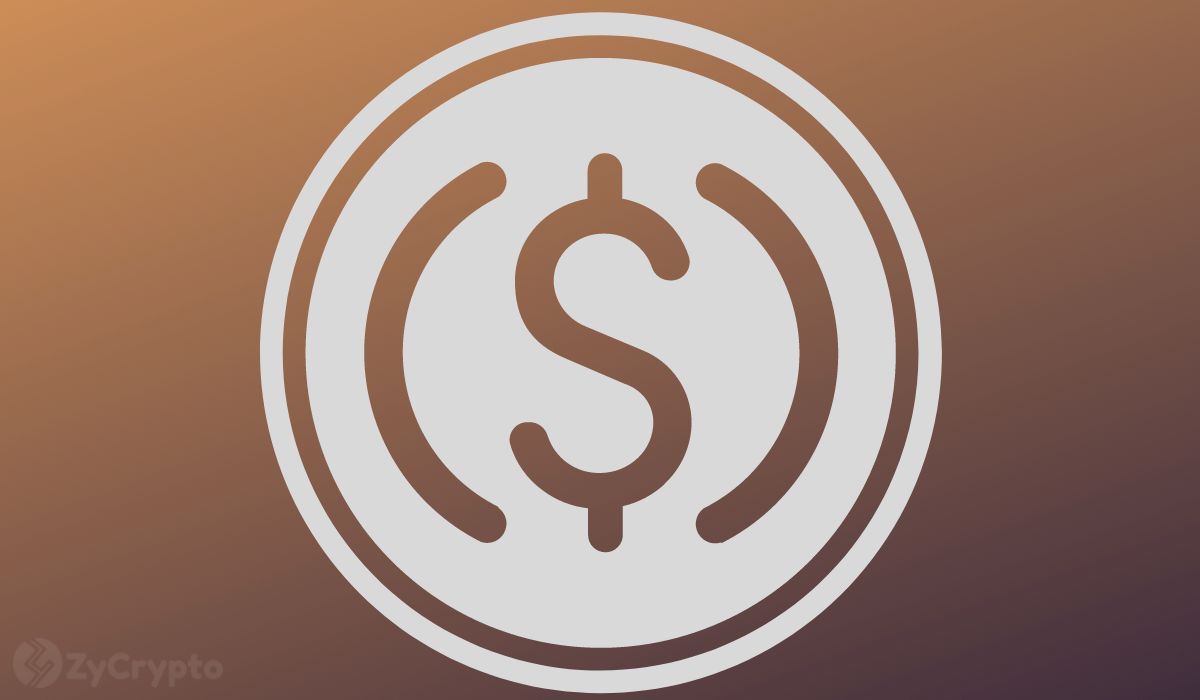Circle, the company behind the popular stablecoin USDC, has announced a trailblazing move that is set to revolutionize the Arbitrum blockchain. Circle intends to introduce the official version of USDC natively on the Arbitrum network as part of a strategic cooperation with Arbitrum, creating new opportunities for quick and easy transactions.
Circle intends to overcome the Ethereum network’s scalability issues and give users quicker and more affordable transactions by introducing USDC natively on Arbitrum.
This change comes as a huge decision for both Circle and the larger crypto ecosystem. Due to its transparency, stability, and regulatory compliance, USDC, the stablecoin backed by the US dollar, has experienced tremendous growth in recent years. USDC is set to grow in flexibility and accessibility with its native integration on Arbitrum.
The announcement by Circle has sparked excitement among cryptocurrency enthusiasts and experts. The company stated its delight in the partnership and the possible effects it might have on the industry. The combination of USDC and Arbitrum would offer a seamless user experience and open the door to new applications for decentralized finance (DeFi).
The Arbitrum protocol developed by Offchain Labs is one of the best layer 2 scaling solutions for Ethereum. It makes an effort to lessen network sluggishness and high gas prices while maintaining the security and decentralization of the Ethereum blockchain by processing transactions off-chain. Circle’s involvement and USDC’s inclusion will considerably benefit from Arbitrum’s technology.
It is believed that the native integration of USDC on Arbitrum will assist consumers in several ways. First of all, it will drastically lower transaction costs, enabling users to carry out transactions more quickly. Additionally, it will make confirmation times faster, enabling almost immediate USDC transfers on the Arbitrum network.
Additionally, the interoperability between various DeFi protocols will be improved through the integration of USDC with Arbitrum. By enabling frictionless USDC transfers between different applications on the Arbitrum network, users will increase the potential for decentralized finance and foster ecosystem innovation.
Circle’s decision to deploy USDC natively on Arbitrum demonstrates the ongoing efforts being made to overcome the scalability problems the Ethereum network is currently experiencing. By “rolling” together groups of transactions on a sidechain, it uses a technique known as optimistic rollup to report back to Ethereum with a single transaction.
Layer 1 blockchains, in this example Ethereum, are layered with Layer 2 networks like Arbitrum, which benefit from the security architecture of the former. These L2 solutions typically see a migration of users looking for lower prices and quicker transactions. However, customers must transfer money from L1 to L2 to accomplish this. This is what is commonly referred to as “bridging.”
The usage of stablecoins is expected to rise as a result of USDC’s integration with Arbitrum, which is also projected to accelerate the development of decentralized finance. Scalable and effective blockchain solutions are likely to advance in the future as Circle and Arbitrum collaborate to make this game-changing decision a reality.


